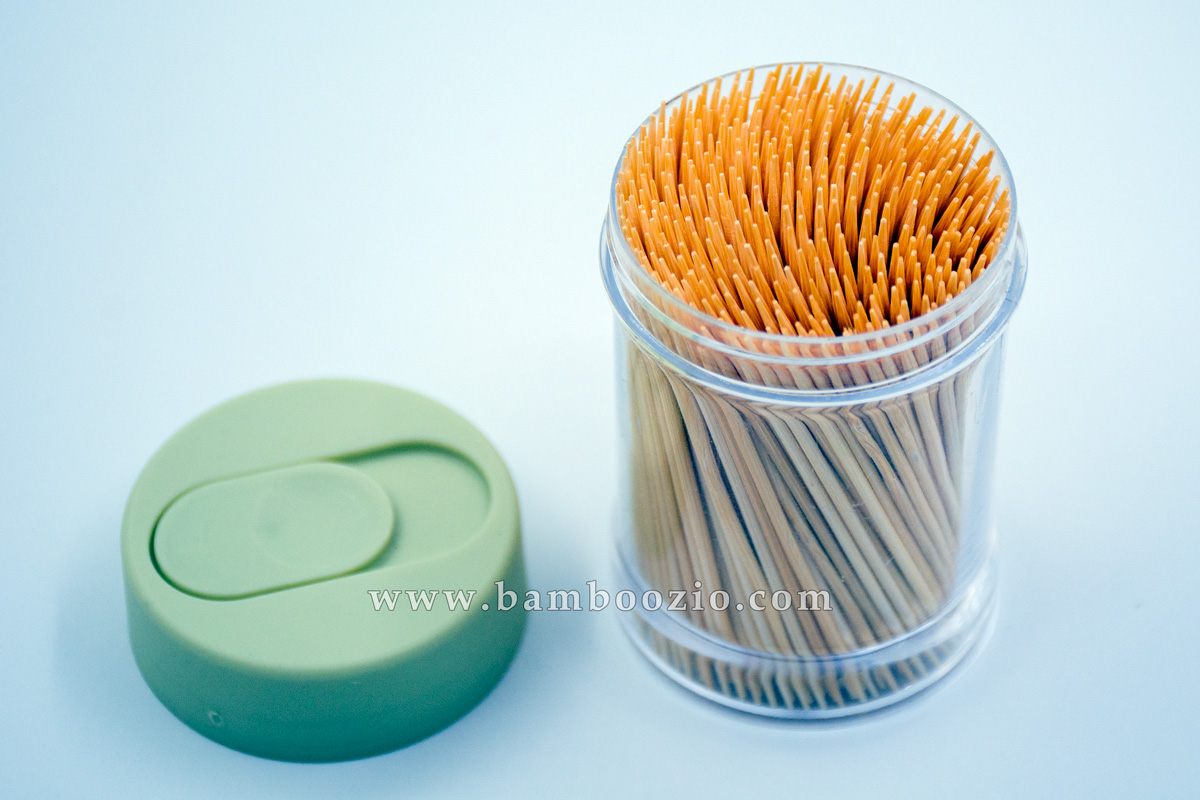
In order to use toothpicks correctly to avoid hurting gums or widening gaps between teeth, you can follow the following steps and suggestions:
1. Choose the right toothpick
Material: Choose toothpicks that are harder, not easy to break, smooth, without burrs, and have an oblate or triangular cross-section. It is best to buy commercially available toothpicks and avoid using unclean substitutes such as small wooden sticks, wires, pins or matchsticks.
Cleaning: Keep toothpicks clean and avoid using contaminated or bacterial toothpicks.
2. Correct use method
Angle: It is best to enter the gap between teeth at a 45-degree angle, with the tip facing the tooth surface that bites things, and the side edge touching the gums in the gap.
Action: Use the side edge of the toothpick to scrape the tooth surface along the tooth surface, especially at the concave root surface and the root bifurcation. The tip and side edge of the toothpick can be used to scrape and pick, and the tooth surface can be polished. If there is food fiber impaction, buccal and lingual puncture can be performed to remove the food.
Strength: Use toothpicks gently and avoid excessive force to avoid damaging the gums or widening the gaps between teeth.
3. Precautions
Applicable situations: Toothpicks are best used when there are gaps between teeth. If the gingival papilla is normal, the toothpick is limited to the gingival sulcus. Do not press the toothpick into the interdental papilla area with force, because this will cause gaps between teeth that originally had no gaps, making it easier for food to be embedded. Then use toothpicks to pick. Over time, it becomes a vicious cycle, increasing the gaps between teeth and shrinking the gingival papilla, which not only causes periodontal disease but also affects the appearance and function.
Frequency: Do not use toothpicks too frequently to avoid unnecessary stimulation and damage to the gums. Usually rinse your mouth after a meal, and use toothpicks if there is food embedded.
Regular check-ups: Go to the dental hospital for regular check-ups to understand your oral condition and perform oral care according to the doctor's advice.

